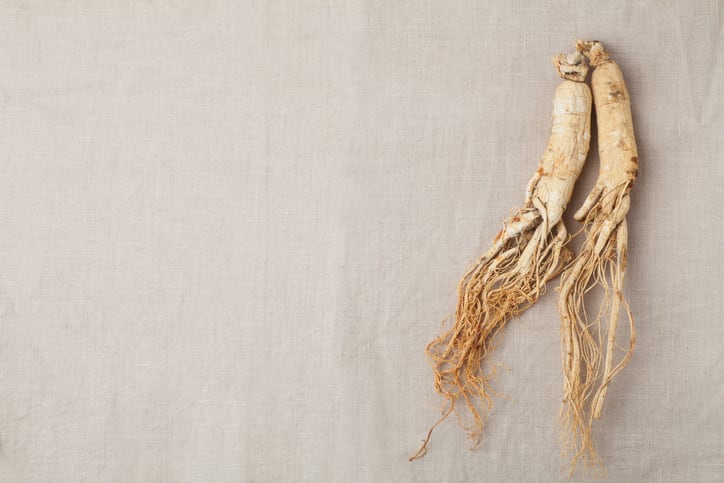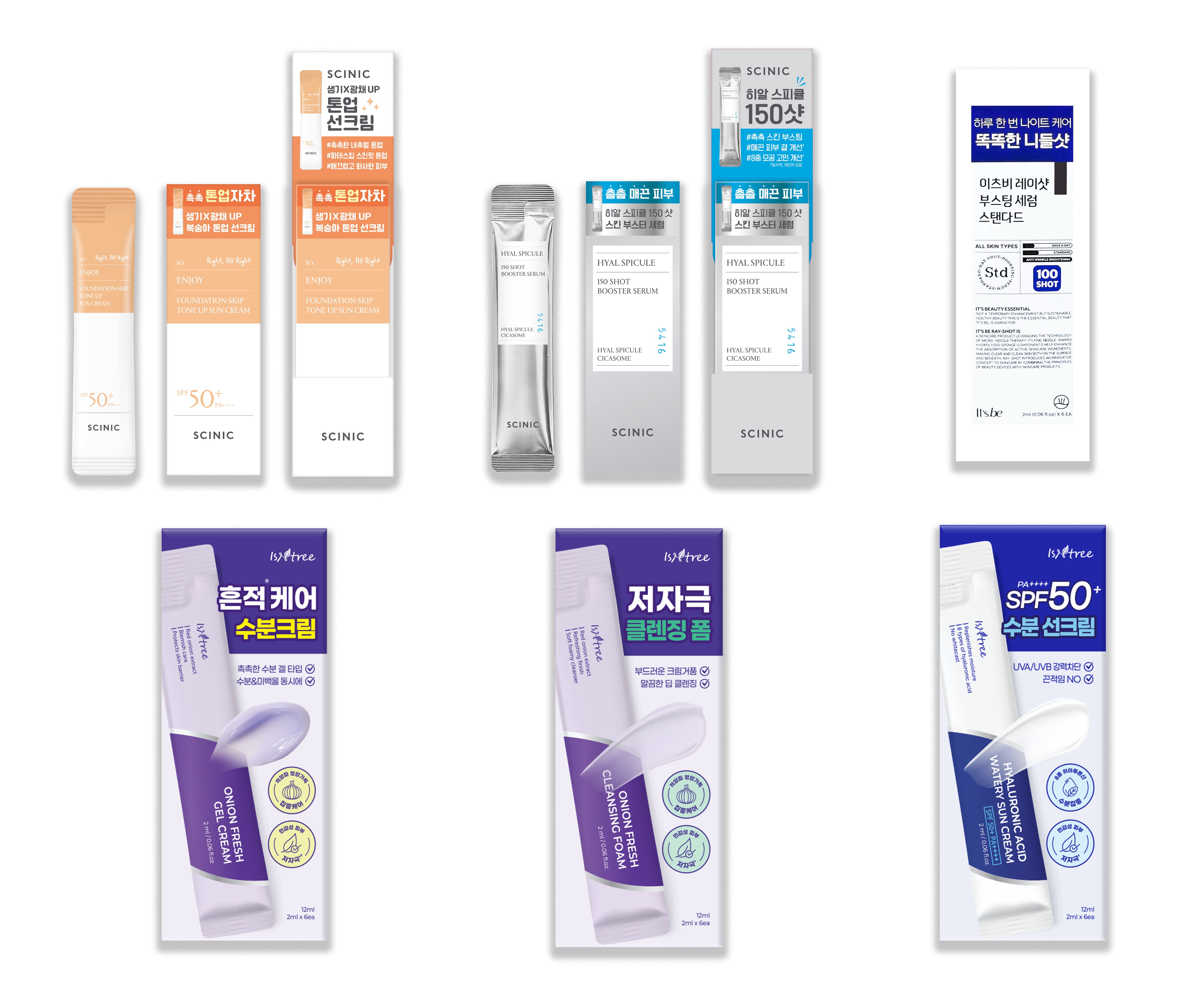The study, which was published in the January edition of the Journal of Ginseng Research, explored the properties of Lymphanax-EE.
Lymphanax-EE was created by ageing white ginseng with an anaerobic fermentation process then extracting it with ethanol.
According to the paper, the fermentation process was designed to enhance specific beneficial compounds.
“Recently, a new processing method was established to develop ‘lymphanax’, an aged fresh white ginseng prepared under anaerobic condition. This aging process was revealed to increase the content of gypenoside 17 (Gyp17) as well as ginsenoside Re, known to have anti-inflammatory effects.”
The researchers focused on the extract’s ability to modulate inflammation.
It is known that reducing inflammation can slow the ageing process and support overall physical health, making it an important factor in skin ageing.
“As the next step, therefore, we aimed to investigate the anti-inflammatory activity of lymphanax using its ethanol extract of lymphanax (Lymphanax-EE).”
Methods and findings
The study utilised a combination of techniques to assess the anti-inflammatory effects of lymphanax-EE and its mechanisms of action.
Liquid chromatography-mass spectrometry (LC-MS/MS) first identified the ginsenoside content of lymphanax-EE, followed by a nitric oxide (NO) assay that demonstrated its anti-inflammatory activity.
The study confirmed that lymphanax-EE inhibited the activity of a NF-kB, a protein associated with ageing, and worked out its mechanism of action.
The extract suppresses the mRNA expression of key pro-inflammatory genes and reduce the activity of the NF-κB transcription factor. Additionally, it also suppresses NF-κB signalling.
The researchers concluded that lymphanax-EE exerts its anti-inflammatory effects by targeting the NF-κB pathway.
“Lymphanax-EE-containing ginsenosides and Gyp17 with anti-inflammatory properties suppressed LPS-induced inflammation by reducing the NF-κB signal.”
Among the key findings, the tests also confirmed that Lymphanax-EE exhibited significantly higher levels of ginsenosides compared to fresh ginseng.
Lymphanax-EE was shown to be more effective at reducing NO production while being less cytotoxic than fresh ginseng extract.
Lastly, the study noted that most major components of lymphanax-EE show significant suppressive action on the expression levels of inflammatory genes except one.
Lymphanax-EE is currently being used as a key ingredient by Amorepacific’s luxury skin care brand Sulwhasoo.
The firm was gratified that a ingredient it has been researching for years has been proven to be effective in mitigating inflammation.
Seo Byeong-hui, chief technical officer of Amorepacific R&I Centre concluded: “This study is very meaningful in that it has proven the anti-inflammatory efficacy following the verification of skin lymph activation of aged ginseng material… Amorepacific will continue to make R&D efforts to provide innovative solutions for the health and beauty of customers around the world.”
“Lymphanax-EE-containing ginsenosides and Gyp17 with anti-inflammatory properties suppressed LPS-induced inflammation by reducing the NF-κB signal.”
Source: Journal of Ginseng Research
Ethanol extract of lymphanax with gypenoside 17 and ginsenoside Re exerts anti-inflammatory properties by targeting the AKT/NF-κB pathway
Authors: Wooram Choi, Hyun Soo Kim, Donghyun Kim, Yong Deog Hong, Hyoung-June Kim, Ji Hye Kim, Jong-Hoon Kim, Jae Youl Cho





